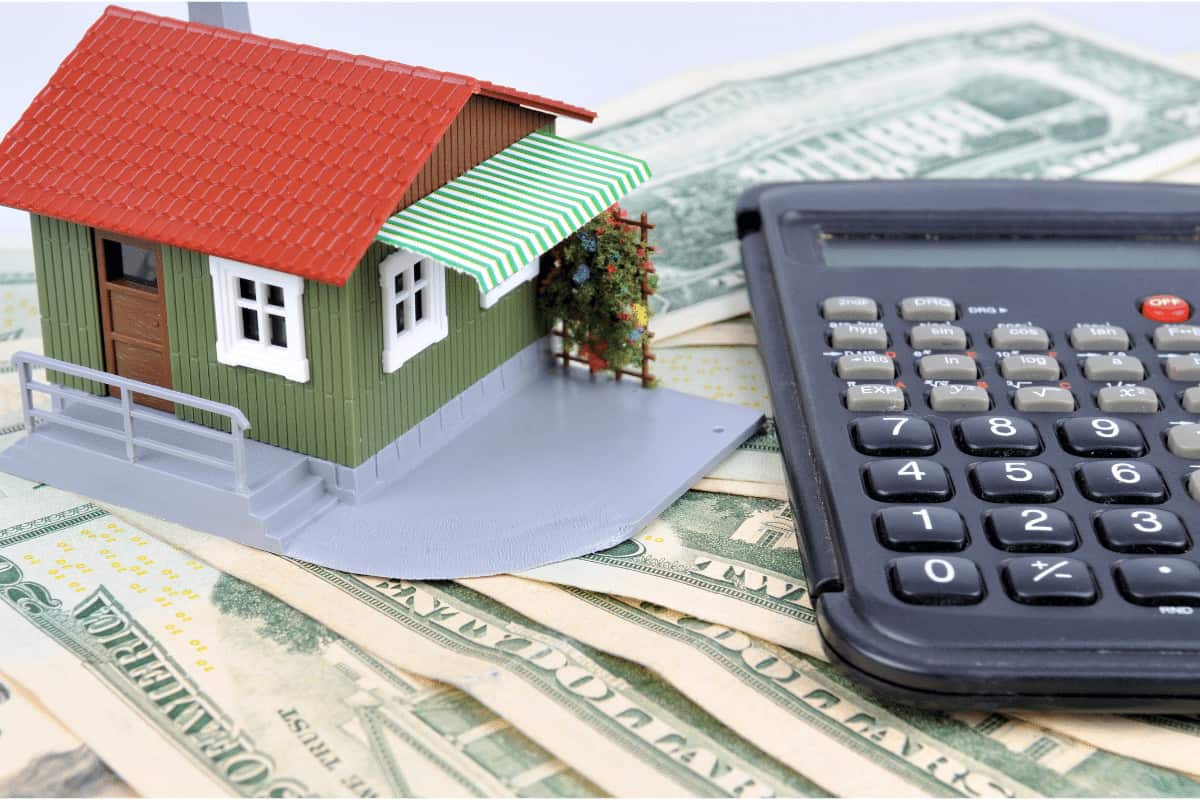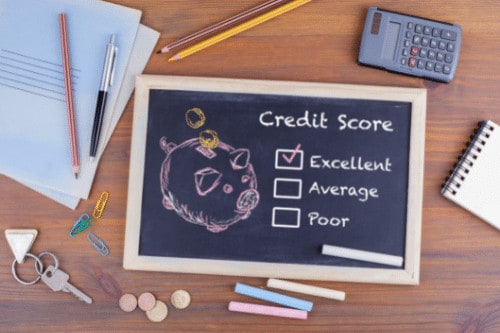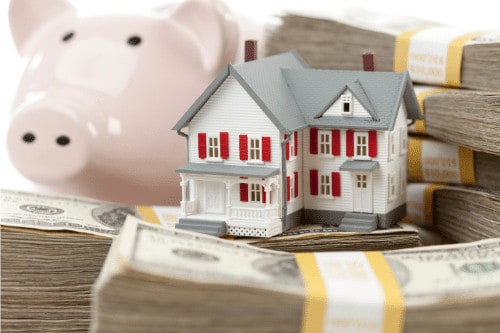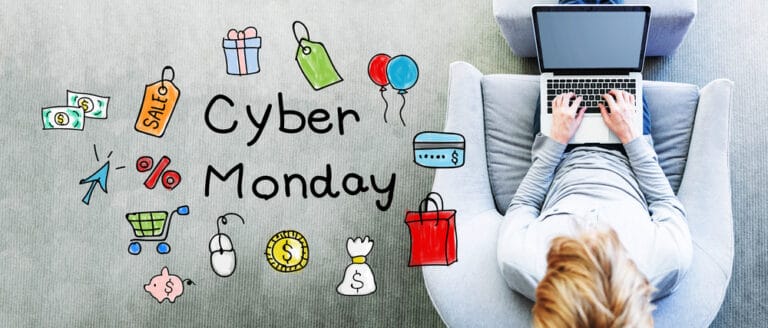Down Payment 101: How Much Do I Put Down on a Home?

The down payment on a home is a key that unlocks many doors for a family. Making smart decisions about the amount, the type of loan you acquire, and the way you amass the money can greatly impact your financial future.
What Is a Down Payment?
A down payment is a lump sum of money a homebuyer commits to a lending institution at the beginning of the mortgage acquisition process. The homebuyer agrees to pay so much up front and borrow the rest.
Different types of mortgages have different requirements, but amounts aren’t set in stone. There are minimum down payment rules with each program, and in almost all cases, you can increase those minimums to amounts that make the most financial sense. A big down payment might get you a better interest rate on a mortgage, and you should do some calculating to figure out what dollar amount fits your budget.
Home lenders want a down payment because a home is a very large purchase. The bank or other financial institution is taking on considerable risk in making a loan. Real estate markets fluctuate, and buyer’s financial situations can change quickly.
In the event of a foreclosure, the lender will not be on the hook for the entire price of the home. Your down payment becomes the lender’s equity. Also, homebuyers who can come up with a down payment indicate the wherewithal to make a monthly mortgage payment.
How Does a Down Payment Work?
Probably the easiest way to illustrate how a down payment works is through examples. Let’s consider the following scenarios:
You’re buying a condominium for $200,000.
You have $40,000 saved for a home purchase and decide to commit 20% of the purchase price as a down payment.
With $40,000, or 20%, down and borrowing $160,000, your fixed-rate mortgage might be 2.5%.
With a conventional loan for 30 years at this rate, your monthly mortgage payment (excluding real estate taxes and homeowner insurance) would be approximately $632.
Now let’s say you want to put only $20,000 down, saving $20,000 for landscaping, repairs, and a rainy day. At this level, you have less skin in the game, and the bank is assuming more risk.
You’re now financing $180,000. Because the lender is taking on more risk, they will charge a higher fixed-interest rate of 2.85% for a 30-year term.
At this rate, your monthly payment will be about $744 (excluding real estate taxes and homeowner insurance).
Other Factors in My Mortgage
The Impact of Credit Scores

Some lenders may accept a smaller down payment if you have an excellent credit score. By contrast, if you have only a good or fair credit score, a lender might require a down payment higher than the benchmark 20%.
The LTV Ratio
And then, there is the loan-to-value (LTV) ratio to consider.
Let’s start by saying that a realtor can list a home for any price the seller desires. And you’re free to pay a seller whatever amount you feel a home is worth. However, a bank has different ideas.
A lender looks at the LTV ratio, which is the mortgage amount (the loan they are giving) divided by the appraised value of the house. That value is based on a property inspection and the recent average cost of comparable homes in the neighborhood.
The bottom line: If you want to pay $300,000 for a single-family, multifamily, or duplex home and the bank only appraises it for $200,000, you’re going to need to come up with a lot of out-of-pocket cash to complete the purchase. A 90% LTV ratio says that the bank will finance $180,000 of the asking price. Thus, if you really love that home, count on coming up with about $120,000 or more of your own money.
Private Mortgage Insurance
A down payment of less than 20% of the purchase price comes with another caveat: private mortgage insurance (PMI).
This insurance protects the lenders from the risk of default or foreclosure on properties for which banks are financing more than 80% of the equity.
PMI typically is priced at 0.5% and 1.5% of the loan amount and is folded into your monthly payment. It can, however, be paid upfront, so it’s worth checking out all your options.
Also, PMI can be dropped when a homeowner’s equity exceeds 20% of the home’s market value.
How Much Down Payment Do I Need?

With certain mortgage programs, a down payment on a home may cost you as little as 3% of the purchase price.
At the other end of the spectrum, 20% is the level at which lenders feel most comfortable with conventional loans. There are tradeoffs between a bare minimum down payment and that 20% mark, which a real estate agent will be able to highlight.
Interest rates have stayed relatively stable during the COVID-19 pandemic. Let’s look at the same home purchase through these two lenses:
$200,000 purchase with 20% down
- Amount financed: $160,000
- Interest rate: 2.75%
- Monthly principal and interest payments, excluding taxes and home owners insurance: $653
- Private mortgage insurance: Not needed
$200,000 purchase with a 3% down payment
- Amount financed: $194,000
- Interest rate: 3.15%
- Monthly principal and interest payments: $833
- Private mortgage insurance: $81-$170 per month
- Note that putting less than 20% down brings higher interest rates, higher monthly payments, and the addition of premiums for PMI.
Here are some different types of government-backed and government-sponsored mortgage programs and down payment requirements:
- Fannie Mae HomeReady: 3%
- Freddie Mac Home Possible: 3%
- Federal Housing Administration (FHA): 3.5%
Different lenders may set their own specific requirements for down payments and debt-to-income ratios.
Amounts may also be tied to the borrower’s credit score. A credit score of 580 or better allows you to meet the 3.5% minimum but falling between 500 and 579 will force you to put down 10%.
Can I Buy a House With No Money Down?
There are mortgage programs that don’t require you to put anything down.
These loans are obtained through the United States Department of Agriculture (USDA) and the Veteran’s Administration (VA). Borrowers who qualify for zero-down mortgages may need some funds to apply toward applicable fees, so they’ll need some out-of-pocket funds.
For USDA mortgages, homes must be situated within a specified rural area. For VA loans, veterans will need to have fulfilled minimum time requirements served during peacetime or wartime.
How Can I Get Money for a Down Payment?

Setting and meeting a savings goal is the best way to come up with a down payment. First-time homebuyers usually have a tougher time pulling one together because homeowners can use equity from their current home as a down payment for a new one.
But it’s important to maintain an emergency fund of three-to-six months’ income in a bank account after you’ve set aside enough money for a down payment. You could also look toward other assets, such as stocks, bonds, and mutual funds. Some prospective buyers may tap retirement plans, such as 401(k) plans, to gather the funding, and others may use gifts from friends or family members.
One avenue to steer away from is making under-the-table agreements with sellers in which a lower price is negotiated in exchange for cash payments. Those types of deals might run afoul of lending and tax regulations, so avoid those approaches at all costs.
Taking the First Step
Pulling together a down payment can take considerable planning and discipline. The dividends you can reap from owning a home can make the sacrifices well worth the trouble. The first investment you can make, though, is getting as much information as possible on down payments and how to make one work best for you.
For more family finance tips and advice, check out the Finance Category on FamilyApp.





